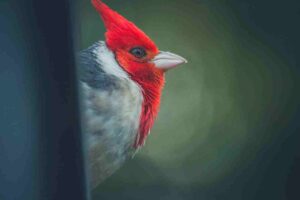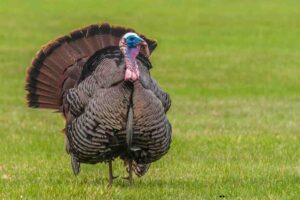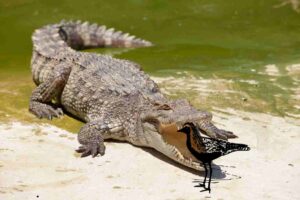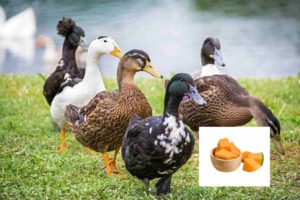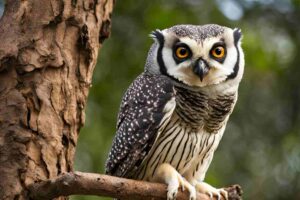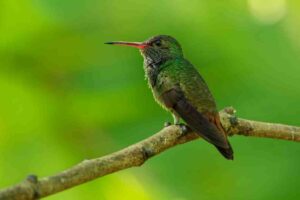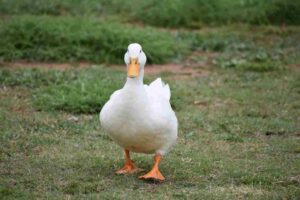The northern pintail duckling is a charming and captivating bird that enchants birdwatchers and nature lovers alike. Known for its elegance and unique features, the northern pintail is a dabbling duck that thrives in various wetland habitats. This article provides an in-depth look at the northern pintail duckling, covering its physical characteristics, habitat, behavior, and conservation status, ensuring a thorough understanding of this delightful species.
Introduction to the Northern Pintail Duckling
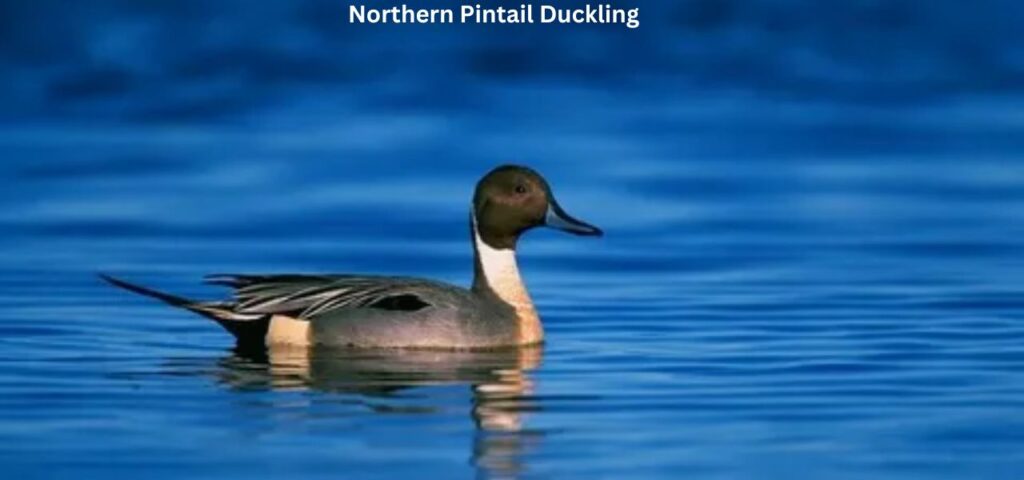
What is a Northern Pintail Duckling?
The northern pintail (Anas acuta) is a medium-sized dabbling duck known for its graceful neck and elongated body. The duckling stage is particularly endearing, characterized by soft down feathers and a distinct appearance that sets them apart from other ducklings. The northern pintail duckling is an important part of the ecosystem, playing a vital role in wetland habitats.
Physical Characteristics
Northern pintail ducklings are born with a soft, downy coat that is primarily yellowish-brown with darker mottling. This coloration provides excellent camouflage in their natural environment, helping them evade predators. As they grow, their feathers will develop into the adult plumage, which is marked by the long, pointed tail that gives the pintail its name. For more interesting insights about birds, including some of the less attractive species, you can check out this link on the ugliest birds in the world.
Habitat of the Northern Pintail Duckling
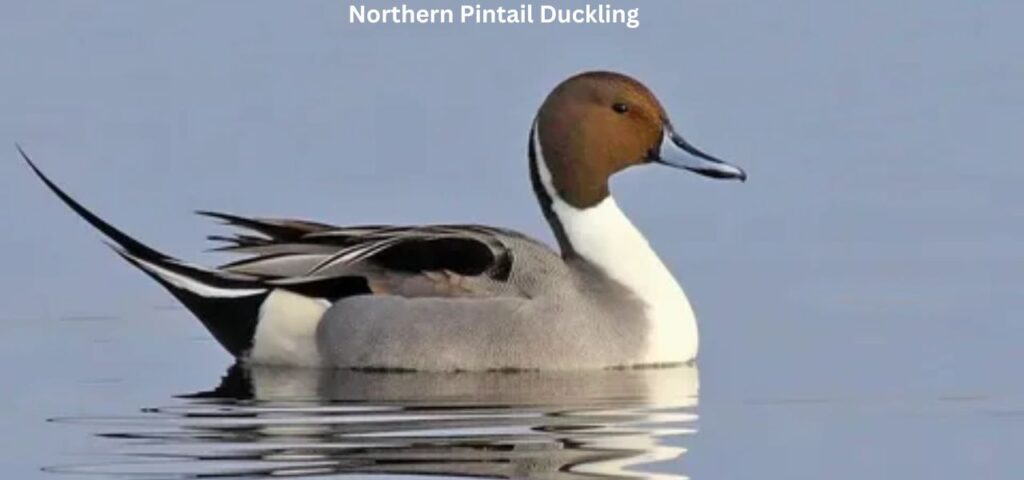
Preferred Environments
Northern pintail ducklings thrive in a variety of wetland habitats, including marshes, ponds, and shallow lakes. They prefer areas with abundant vegetation, which provides both food and shelter. These habitats are crucial for their survival, offering essential resources needed for growth and development.
Nesting Sites
Northern pintails typically nest in grasslands or wetlands near water sources. The female creates a shallow nest by scraping out a small depression in the ground and lining it with grasses and down feathers. This nest is often well-hidden, providing protection for the eggs and ducklings.
Behavior of the Northern Pintail Duckling
Feeding Habits
Northern pintail ducklings are primarily herbivorous, feeding on aquatic plants, seeds, and small invertebrates. In their early days, they rely on the nutrients stored in their yolk sac, but they quickly transition to foraging for food. They are known for their dabbling behavior, where they tip their bodies forward in the water to reach submerged vegetation.
Social Structure
Northern pintail ducklings are social animals that typically stay close to their mother. They form small groups and often engage in playful behaviors, such as splashing and diving. This social structure is vital for their survival, as being part of a group can provide safety from predators. For more fascinating information about different types of ducks, including unique breeds, you can check out this link on turkey ducks.
Reproduction and Nesting
Mating Season
The mating season for northern pintails occurs in late winter to early spring. During this time, males display their vibrant plumage and engage in courtship behaviors to attract females. Males perform elaborate displays, including head bobbing, vocalizations, and impressive flight patterns.
Egg Laying and Incubation
After mating, the female northern pintail lays a clutch of 6 to 10 eggs, which are pale buff to cream in color. The female incubates the eggs for approximately 23 to 28 days, during which she rarely leaves the nest. This period is critical for the development of the ducklings, as they rely on the warmth provided by the mother for proper growth.
Hatching and Early Life
Once the ducklings hatch, they are precocial, meaning they are relatively mature and can walk, swim, and feed themselves shortly after birth. The mother leads her ducklings to water, where they begin to forage for food. This independence is essential for their survival, as they must learn to find food and avoid predators quickly.
Adaptations of the Northern Pintail Duckling
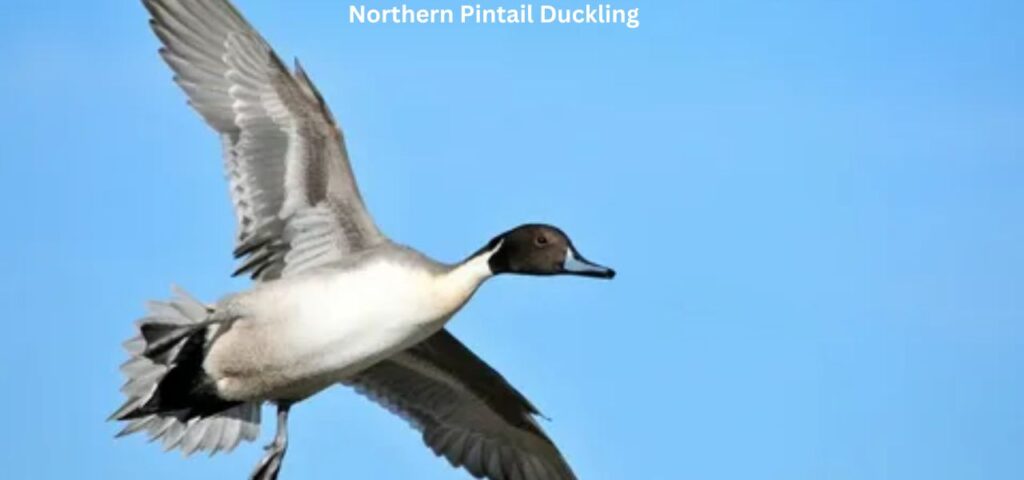
Camouflage
One of the most significant adaptations of the northern pintail duckling is its coloration. The mottled brown and yellow feathers provide excellent camouflage in their natural habitats, helping them evade predators. This adaptation is especially crucial during the early days of life when they are most vulnerable.
Behavior
Ducklings exhibit several behavioral adaptations that aid their survival. They are quick learners and can rapidly identify threats, following their mother’s lead in responding to danger. Their social structure also plays a role in their survival, as being part of a group can help protect them from predators.
Conservation Status
Threats to the Northern Pintail Duckling
The northern pintail duckling faces several threats that can impact its populations. Habitat loss due to urban development, agriculture, and wetland drainage is one of the most significant challenges. Climate change poses threats to their migratory patterns and breeding success, as changing weather conditions can affect food availability and nesting sites.
Conservation Efforts
Conservation organizations and wildlife agencies are actively working to protect northern pintail habitats and ensure their populations remain stable. This includes habitat restoration projects, wetland conservation initiatives, and public education campaigns aimed at raising awareness about the importance of preserving these ecosystems.
The Role of Birdwatchers and Enthusiasts
Birdwatchers and nature enthusiasts play a vital role in the conservation of northern pintails. By participating in citizen science projects, such as bird counts and habitat monitoring, they can contribute valuable data to researchers and conservationists. Additionally, promoting awareness of the challenges faced by northern pintails can inspire others to take action to protect their habitats.
The Importance of Northern Pintail Ducklings in the Ecosystem
Role in Wetland Ecosystems
Northern pintail ducklings play a crucial role in wetland ecosystems. As foragers, they help control aquatic plant populations and contribute to the health of their habitats. Their feeding habits also support nutrient cycling, as they consume and disperse seeds and plant materials, promoting biodiversity.
Indicator Species
The presence of northern pintails in a wetland area can serve as an indicator of ecosystem health. Healthy populations of these ducks suggest that the habitat is suitable for supporting a diverse array of wildlife. Monitoring northern pintail populations can provide valuable insights into the overall health of wetland ecosystems.
Tips for Observing Northern Pintail Ducklings
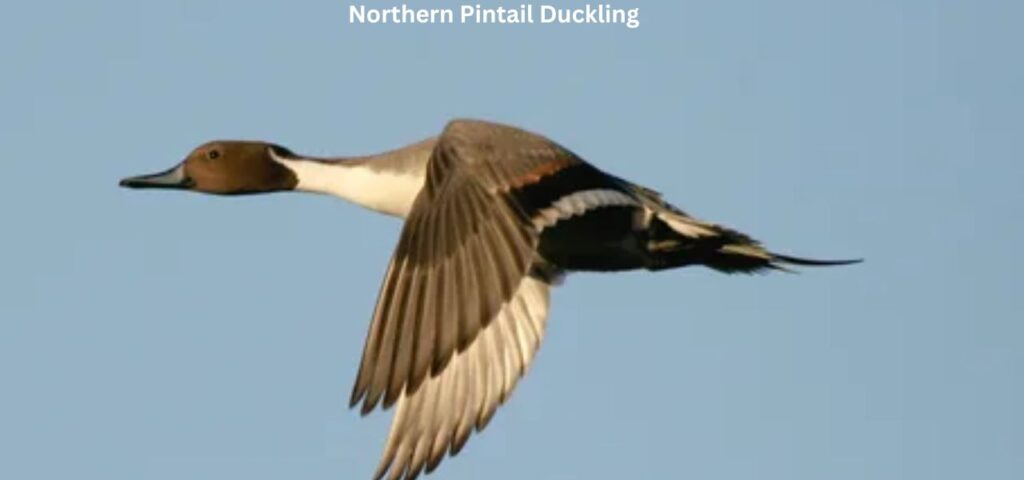
Best Locations for Viewing
- Wetlands and Marshes: These habitats are prime locations for spotting northern pintail ducklings. Look for areas with abundant vegetation and shallow water.
- Ponds and Lakes: Northern pintails often frequent ponds and lakes during the breeding season. Observing these areas can increase your chances of seeing ducklings.
- Grasslands Near Water: Since northern pintails nest near water, grasslands that are adjacent to wetlands are excellent spots for finding ducklings during the nesting season.
Timing Your Observations
The best times to observe northern pintail ducklings are during early morning and late evening. During these periods, the ducks are often more active, and the lighting is favorable for photography and observation.
Ethical Birdwatching Practices
When observing The northern pintail duckling faces several threats that can impact its populations. Habitat loss due to urban development, agriculture, and wetland drainage is one of the most significant challenges. Climate change poses threats to their migratory patterns and breeding success, as changing weather conditions can affect food availability and nesting sites., it is essential to follow ethical birdwatching practices. Maintain a respectful distance to avoid disturbing the birds, especially during the nesting season. Avoid trampling vegetation and nesting areas, and be mindful of noise levels to ensure a safe environment for the ducklings.
Conclusion
The northern pintail duckling is a remarkable species that plays a vital role in the health of wetland ecosystems. From their adorable appearance and fascinating behaviors to their critical contributions to biodiversity, these ducklings deserve our attention and protection. As we continue to learn about the challenges they face and the conservation efforts in place, we can all play a part in ensuring the survival of the northern pintail duckling and its habitat.
The northern pintail duckling is not just a charming bird; it is an integral part of our natural world. By appreciating and protecting these ducklings, we contribute to the preservation of wetland ecosystems and the rich biodiversity they support. Whether you’re a seasoned birdwatcher or a casual nature enthusiast, take the time to observe and learn about the northern pintail duckling and the important role it plays in our environment.

